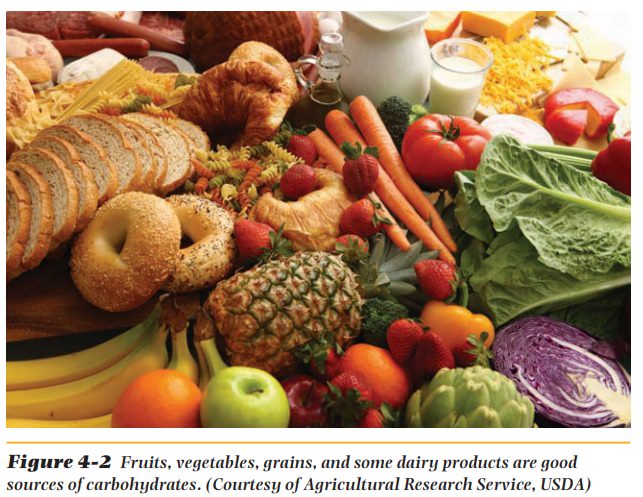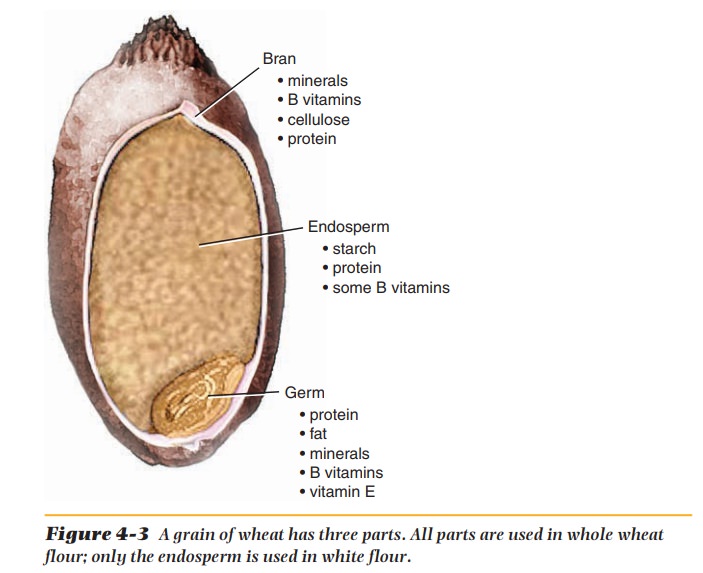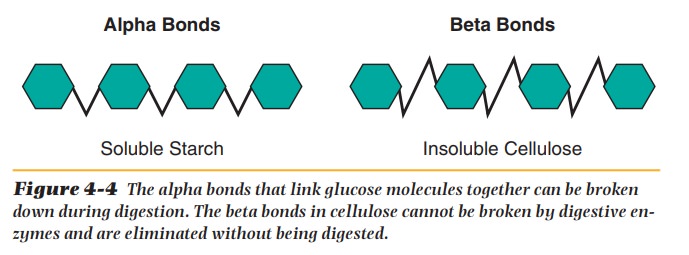Chapter: Nutrition and Diet Therapy: Carbohydrates
Digestion and Absorption of Carbohydrates
DIGESTION AND ABSORPTION
Monosaccharides—glucose,
fructose, and galactose—are simple sugars that may be absorbed from the
intestine directly into the bloodstream. They are subsequently carried to the
liver, where fructose and galactose are changed to glucose. The blood then
carries glucose to the cells.
Disaccharides—sucrose,
maltose, and lactose—require an additional step of digestion. They must be
converted to the simple sugar glucose before they can be absorbed into the
bloodstream. This conversion is accomplished by the enzymes sucrase, maltase,
and lactase.
Polysaccharides are
more complex, and their digestibility varies. After the cellulose wall is
broken down, starch is changed to the intermediate prod-uct dextrin; it is then
changed to maltose and finally to glucose. Cooking can change starch to dextrin.
For example, when bread is toasted, it turns golden brown and tastes sweeter
because the starch has been changed to dextrin.
The digestion of
starch begins in the mouth, where the enzyme salivary amy-lase begins to change
starch to dextrin. The second step occurs in the stomach, where the food is
mixed with gastric juices. The final step occurs in the small intestine, where
the digestible carbohydrates are changed to simple sugars by the enzyme action
of pancreatic amylase and are subsequently absorbed into the blood.




Related Topics